Step-By-Step Guide To Performing Ground Reference Maneuvers
Northstar VFR
MARCH 30, 2025
Make sure you're at the recommended altitude (600-1,000 feet AGL) per ACS guidelines. Maintain 600-1,000 feet AGL. Maintain 600-1,000 feet AGL. On theupwind leg, expect slower groundspeed and shallow the bank angle when turning your crosswind. Use a crab angle again on the crosswind leg to track straight.





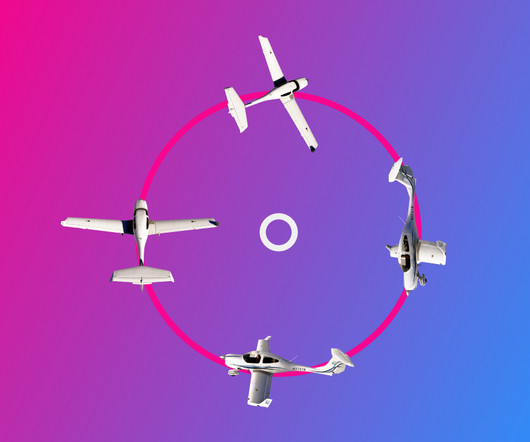
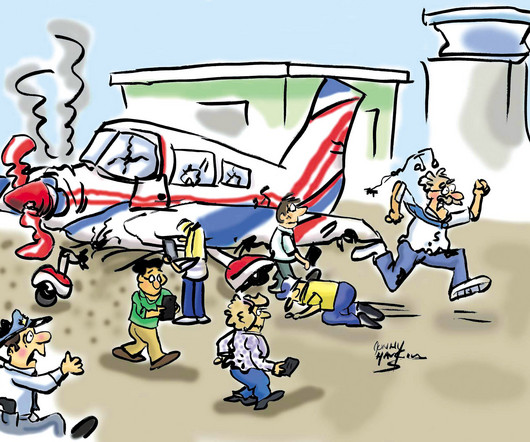
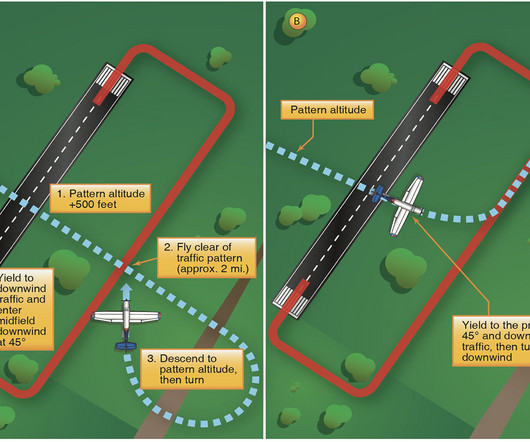

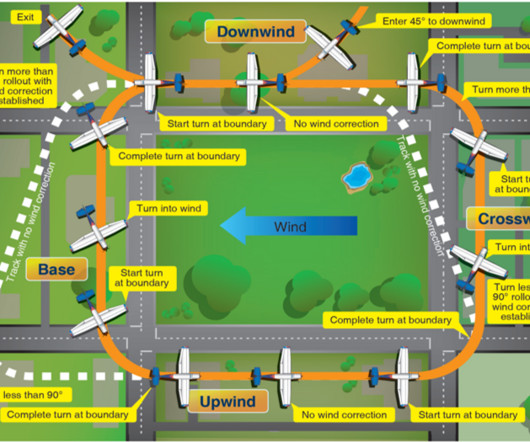


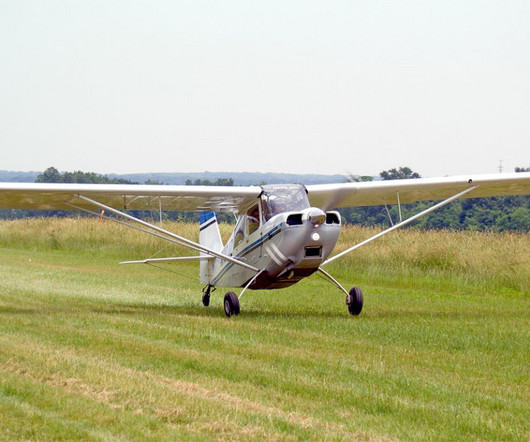





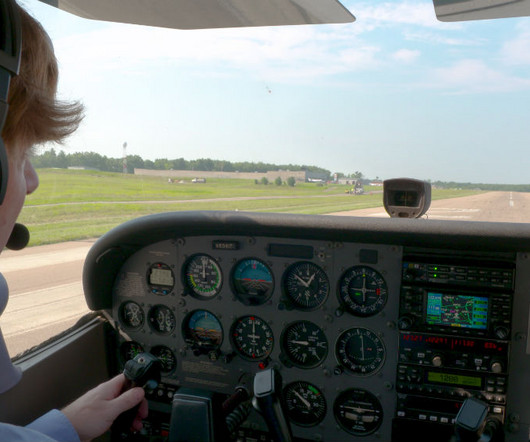








Let's personalize your content